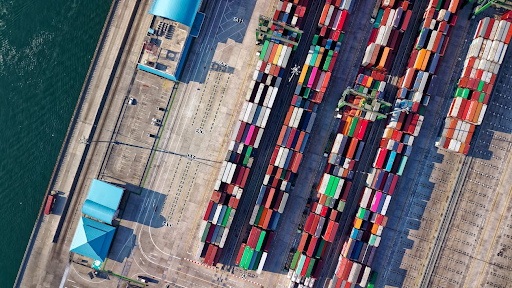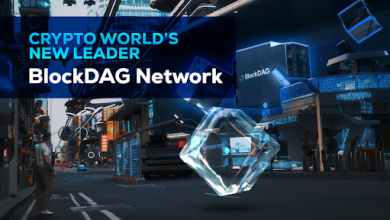Supply Chain Control Tower: What Is It And How To Deploy One?

You should know the ins and outs of a control tower to make greater use of vendor solutions.
Many consumers lack a clear understanding of the benefits and functions that control towers provide to supply chain enterprises. Leaders in supply chain technology would do well to evaluate the potential it has rather than only its technological aspects.
According to Gartner, a supply chain control tower is an idea that brings together technology, people, processes, data, and organization. To increase visibility and decision-making, control towers gather operational data from throughout the company ecosystem in near real-time and utilize it.
A supply chain control tower is an integrated function contained in a bigger suite or tool for supply chain management, rather than an application in and of itself. It may be an intelligent data platform that offers forecasts, ideas, and insights tailored to individual use cases.
To what extent are leaders in supply chain technology able to envision a control tower?
The five pillars of supply chain management (SCM) — people, process, data, organization, and technology — must come together to establish a central hub. Improving real-time visibility and conducting in-depth analyses are the goals of data acquisition and use. This may help with making better decisions in the short and medium term that are in line with the organization’s long-term goals.
The supply chain control tower must have the following six technological capabilities:
- Intelligence that never sleeps: Keep tabs on all company activities and events in real-time with event stream processing.
- Advanced analytics: Become proactive instead of reactive by using prescriptive and predictive analytics.
- Impact study: Determine how the digital ecosystem’s signals will affect the supply chain of the organization.
- Scenario modeling: Involves simulating many situations to provide an appropriate intelligent response.
- A group effort: Meet up in the ecosystem, also known as the collaboration room, and work together.
- Machine learning and artificial intelligence: Push automation to new heights.
How to set up a control tower for the supply chain
You may choose between two main deployment strategies:
- Get it. Implementing control tower features into a larger SCM platform is the way to go if you choose this path. The primary focus is on control and visibility provided by domain-specific towers. These control towers are the horizontal layer that is well-integrated into the tool and supports the “see > understand > act > learn” architecture, which is present on top of other essential functionalities of the SCM application.
- Build. Building a data lake and then layering in business intelligence is what this is all about. The primary function of these towers is to facilitate visualization requirements; the overarching theme is “conversation with the data.” More complex data science capabilities are being offered by new vendors as of late. These capabilities help with analytics, give data correlation, impact analysis, and suggest next steps to a certain extent.
Possible obstacles to building a supply chain control tower
Leaders in supply chain technology often overlook control towers as decision-support tools powered by analytics because they regard them mostly as visually heavy dashboards.
The ability to see the big picture, orchestrate processes, and make decisions in unison is missing from many businesses.
To maximize the result, you require visibility as a starting point, but then you’ll also need sophisticated deep analytics (predicting), scenario-based alternatives for the next best action (prescriptive), and decision assistance.
The following are some of the technological and business-related obstacles to launching a control tower project:
- Uncertainty over the scope of authority. When a control tower manages a wide variety of supply chain processes, it’s easy to get caught up in the details and end up expecting too much.
- Challenges in achieving end-to-end visibility and control due to the breakdown of functional divisions. There is still a lack of end-to-end visibility, control, and decision-making assistance provided by supply chain control towers due to their functional silos. There is more to the solution than just data lakes.
- Doubts over responsibility for genuine data. Who really controls the data when so many different companies are feeding it into the control tower? Which data may be seen by whom? Just who looks at the numbers? To whom do insights accrue advantages? How is the data benchmarked?
- Essential skill set. Missing information and/or lacking the necessary abilities to function in a control tower setting.
- Doubts about whether to construct or purchase. When deciding between building the control tower in-house (and the platform vs. data lake alternatives), going the hybrid route, or outsourcing it, it’s important to have a thorough grasp of all the steps involved in the process.
- Unable to determine which technological needs are more pressing. Analysis paralysis and the inability to make an investment choice may occur when a great deal of time is spent researching and assessing several technological platforms with varied features and functions.





